Database Modeling Assignment KC7013 - MSc Information Science
VerifiedAdded on 2022/08/15
|26
|3569
|10
Homework Assignment
AI Summary
This document presents a comprehensive solution to a database modeling assignment (KC7013) for an MSc Information Science program at Northumbria University. The assignment is divided into three parts. Part 1 covers the Entity Relationship (ER) Model, depicting the database schema visually, and the SQL Data Definition Language (DDL) code used to create the database tables. Part 2 focuses on SQL Data Manipulation Language (DML) for populating the database with data, along with SQL queries and their corresponding Relational Algebra expressions to retrieve specific information. The solution includes data similar to the courses and modules studied, as well as other relevant information within Northumbria University. Part 3 addresses professional, legal, ethical, and security issues related to database management, including data privacy, data accuracy, and security threats. It also discusses database design approaches, specifically ER modeling and database normalization. The solution demonstrates a strong understanding of database concepts and their practical implementation.
1 out of 26
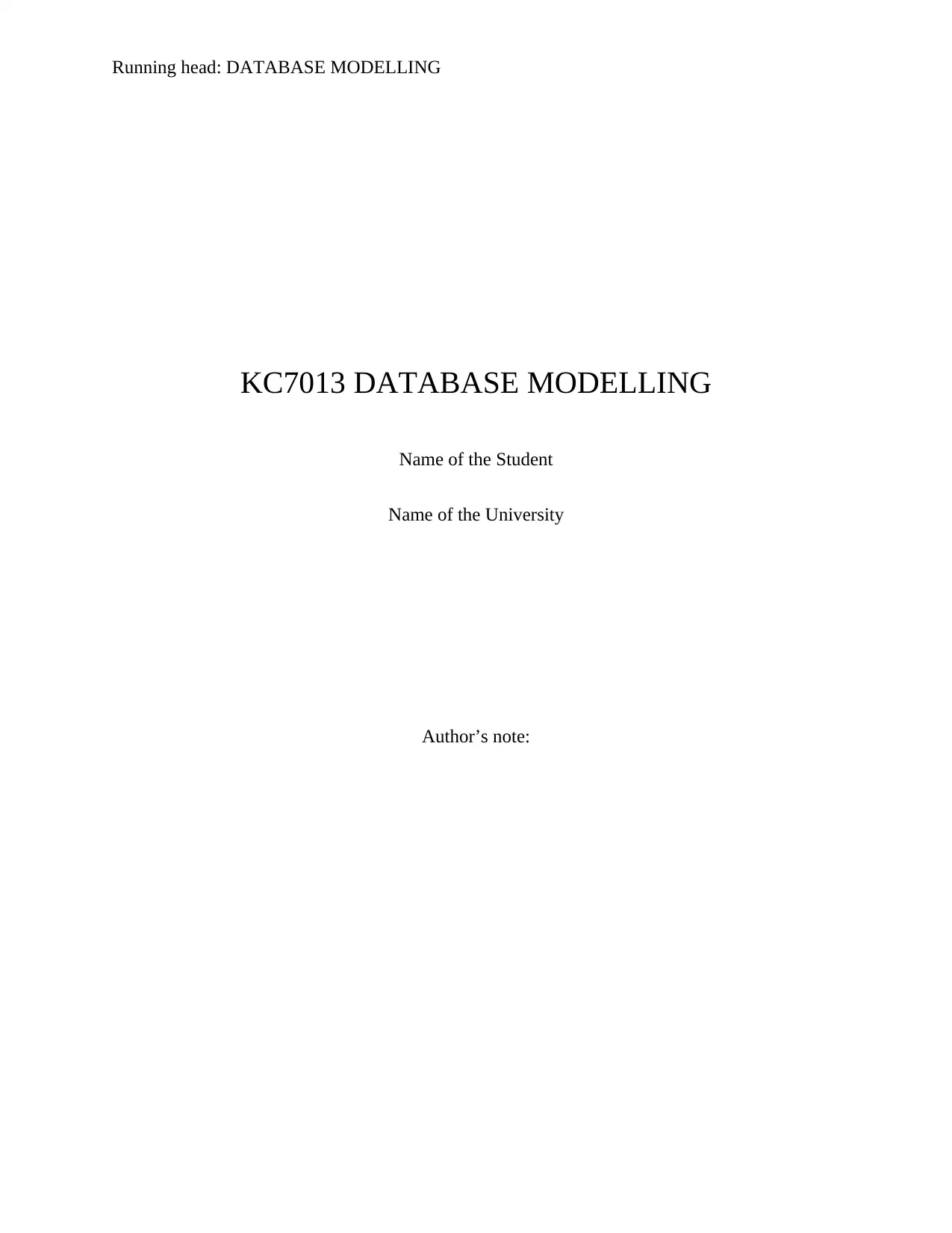
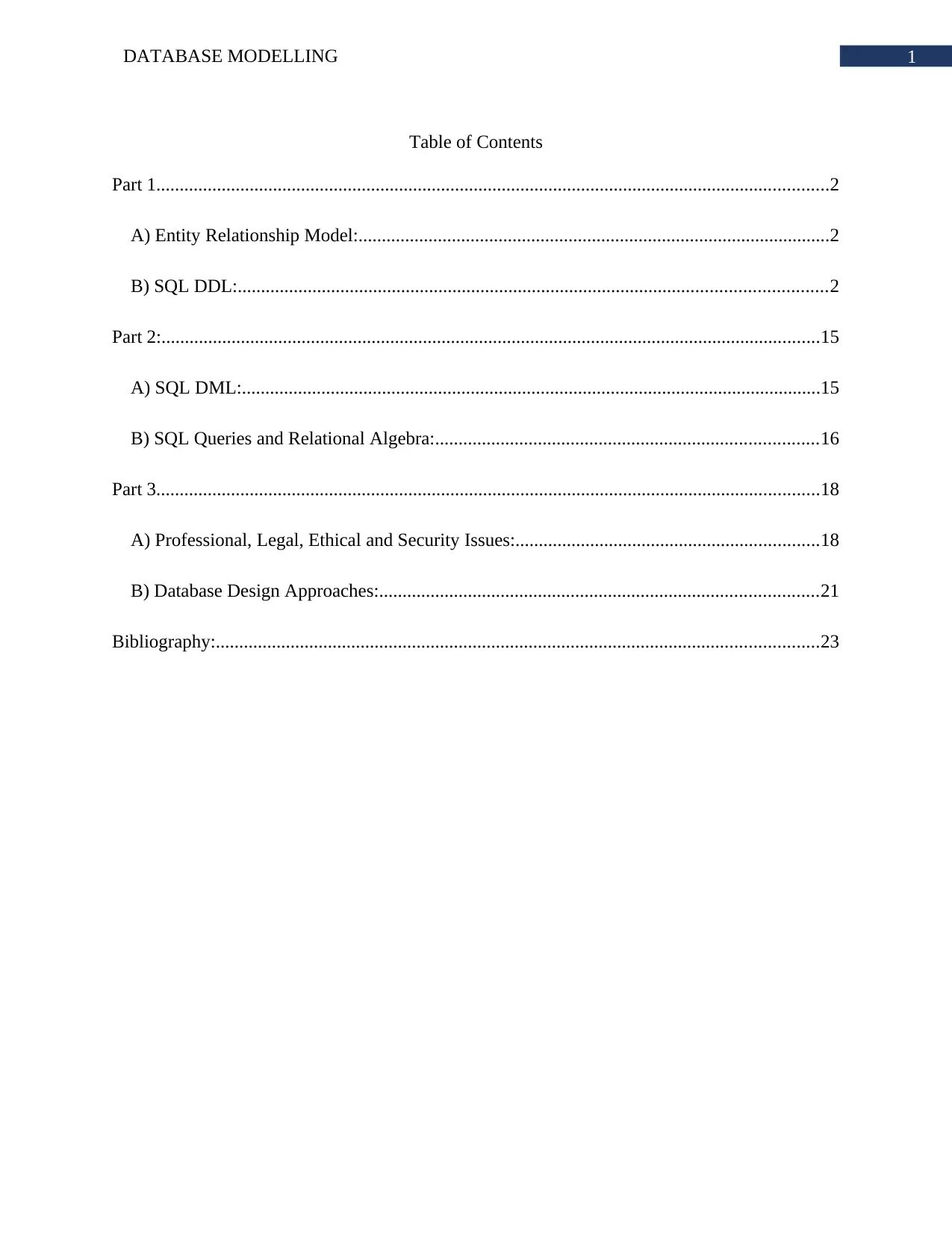
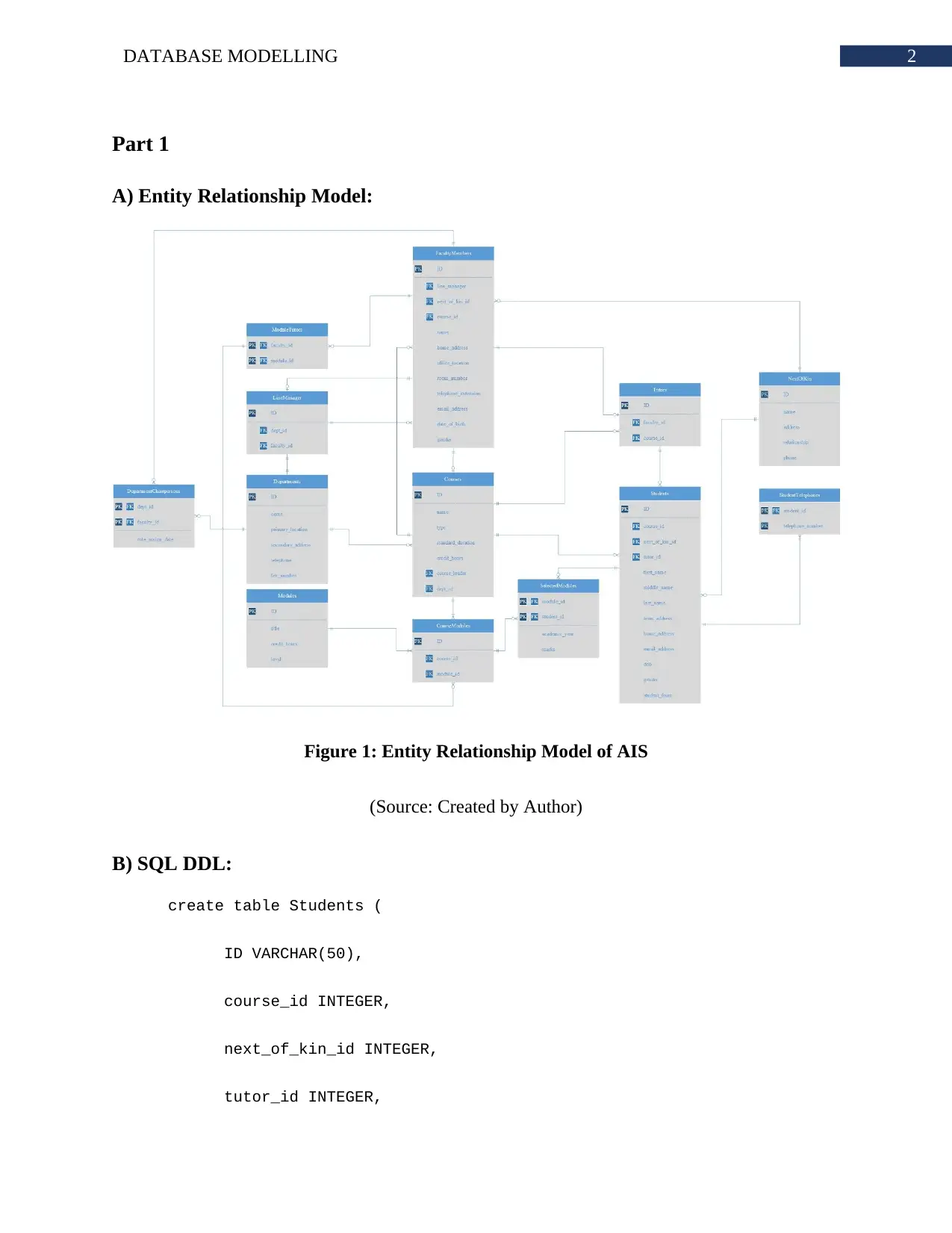

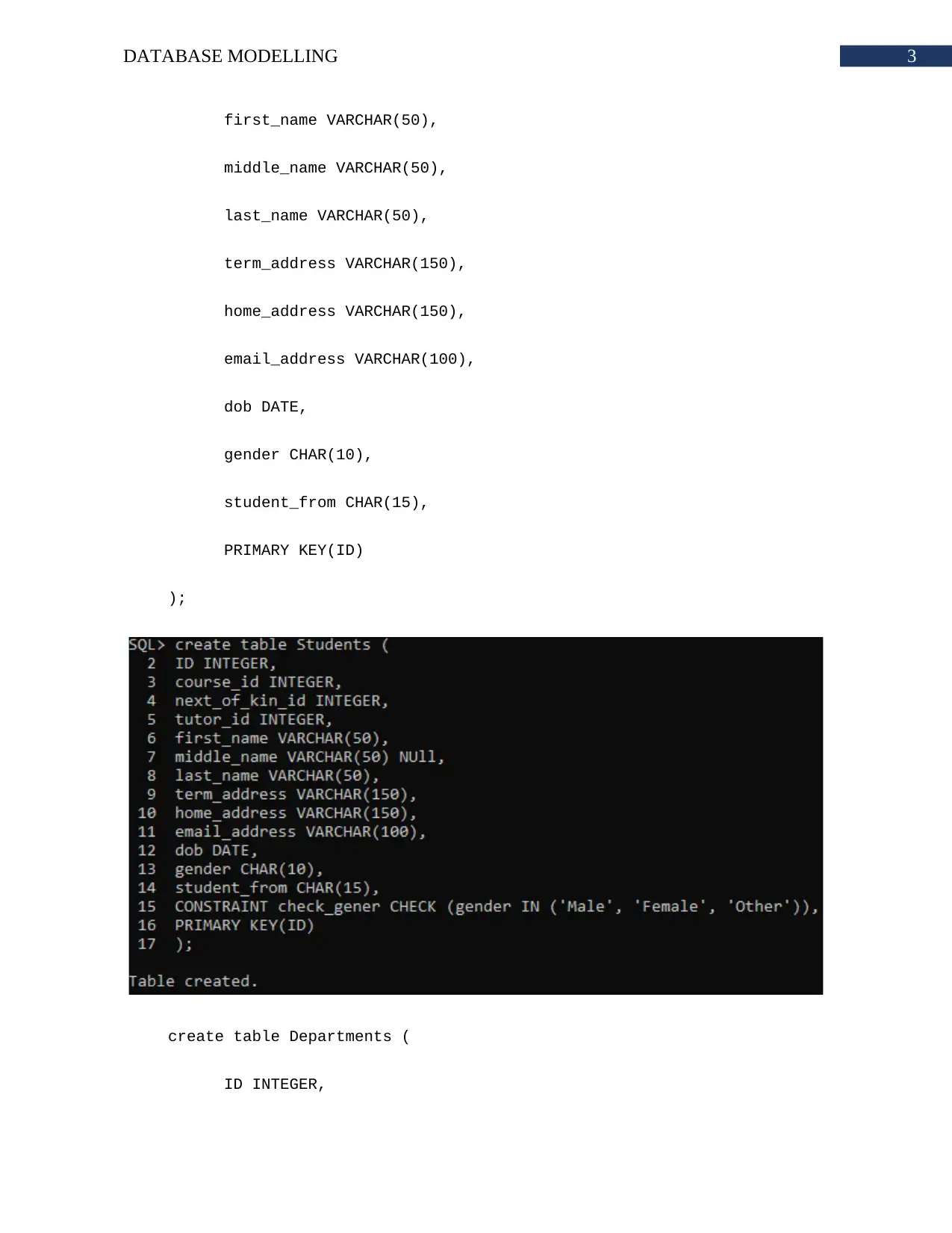
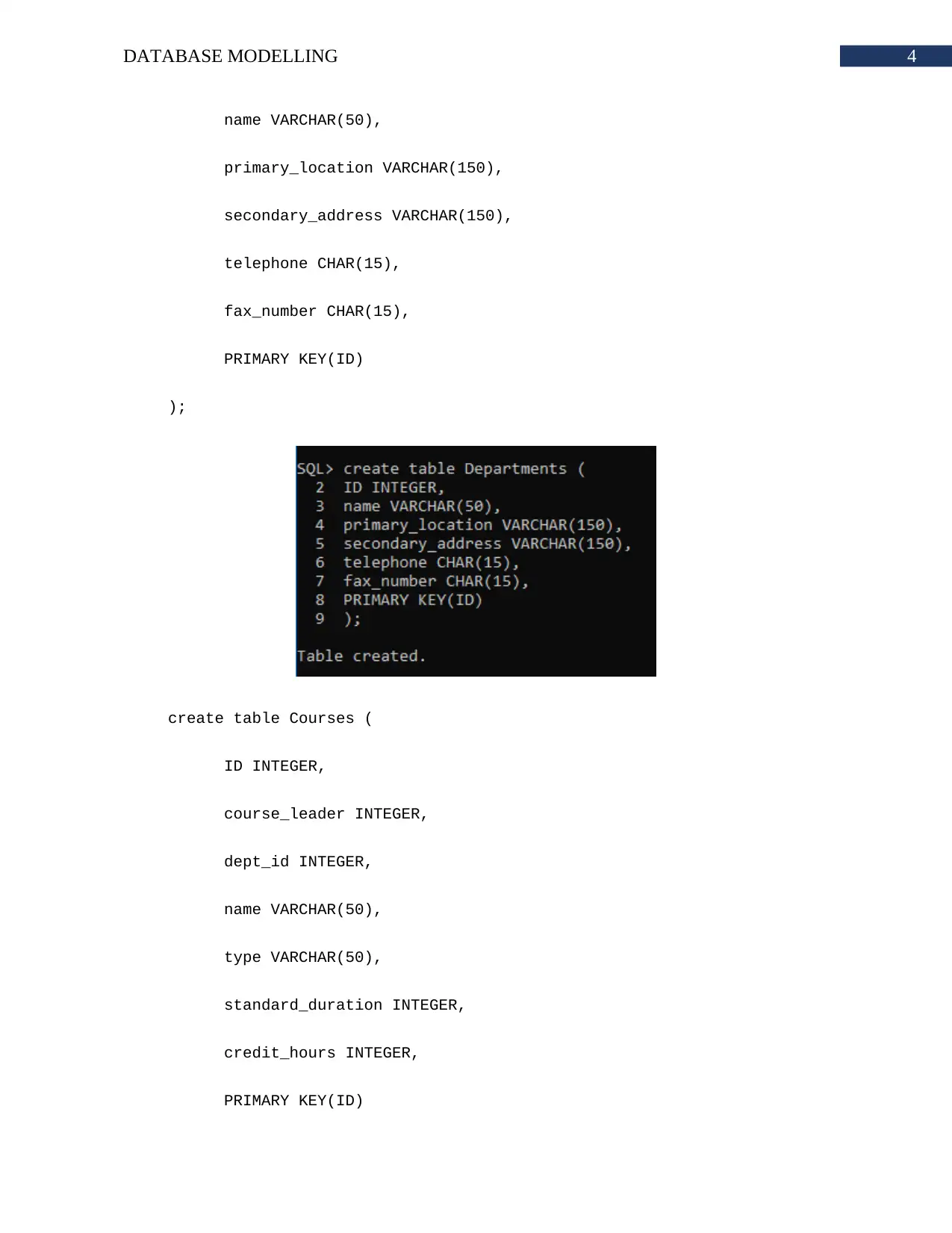
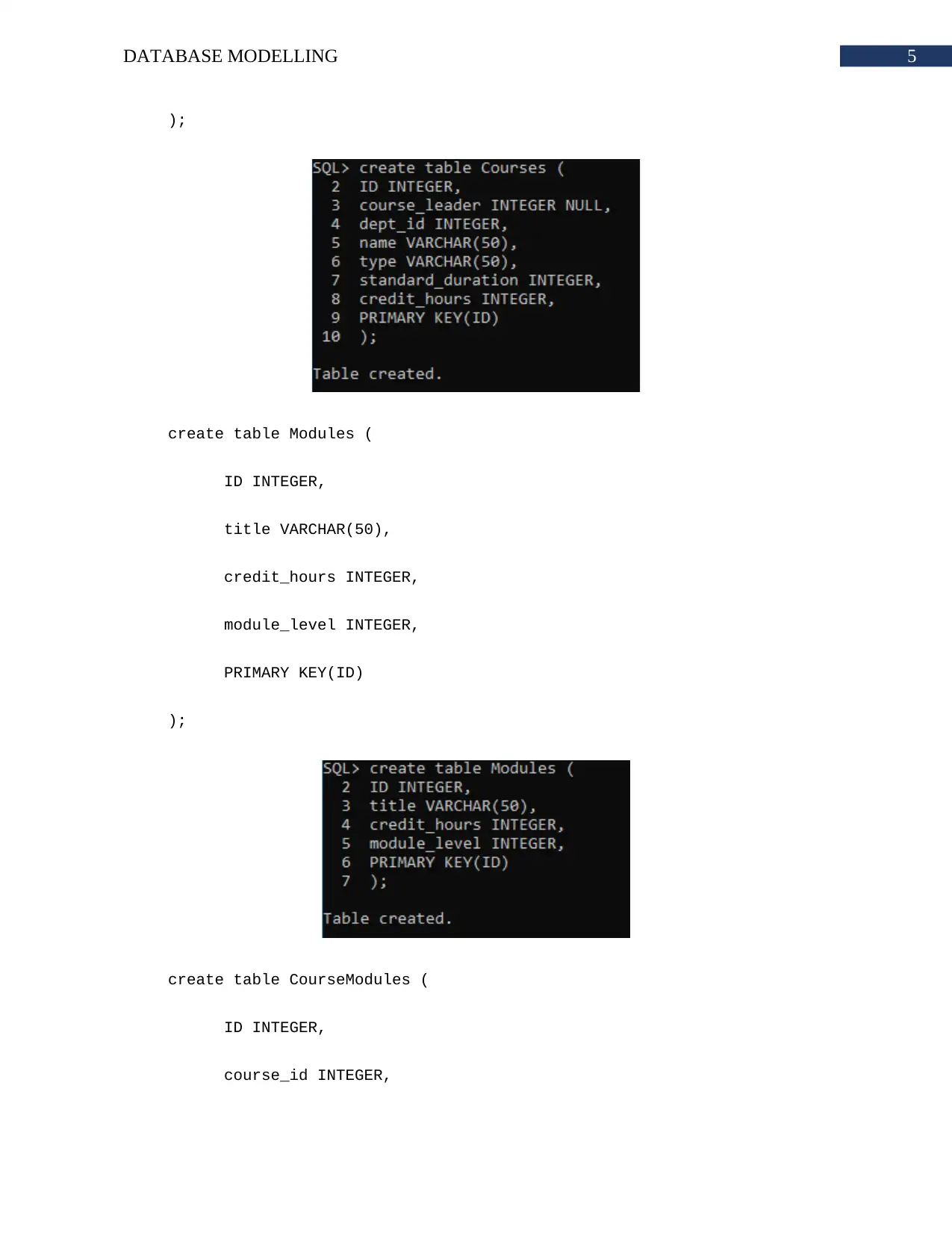
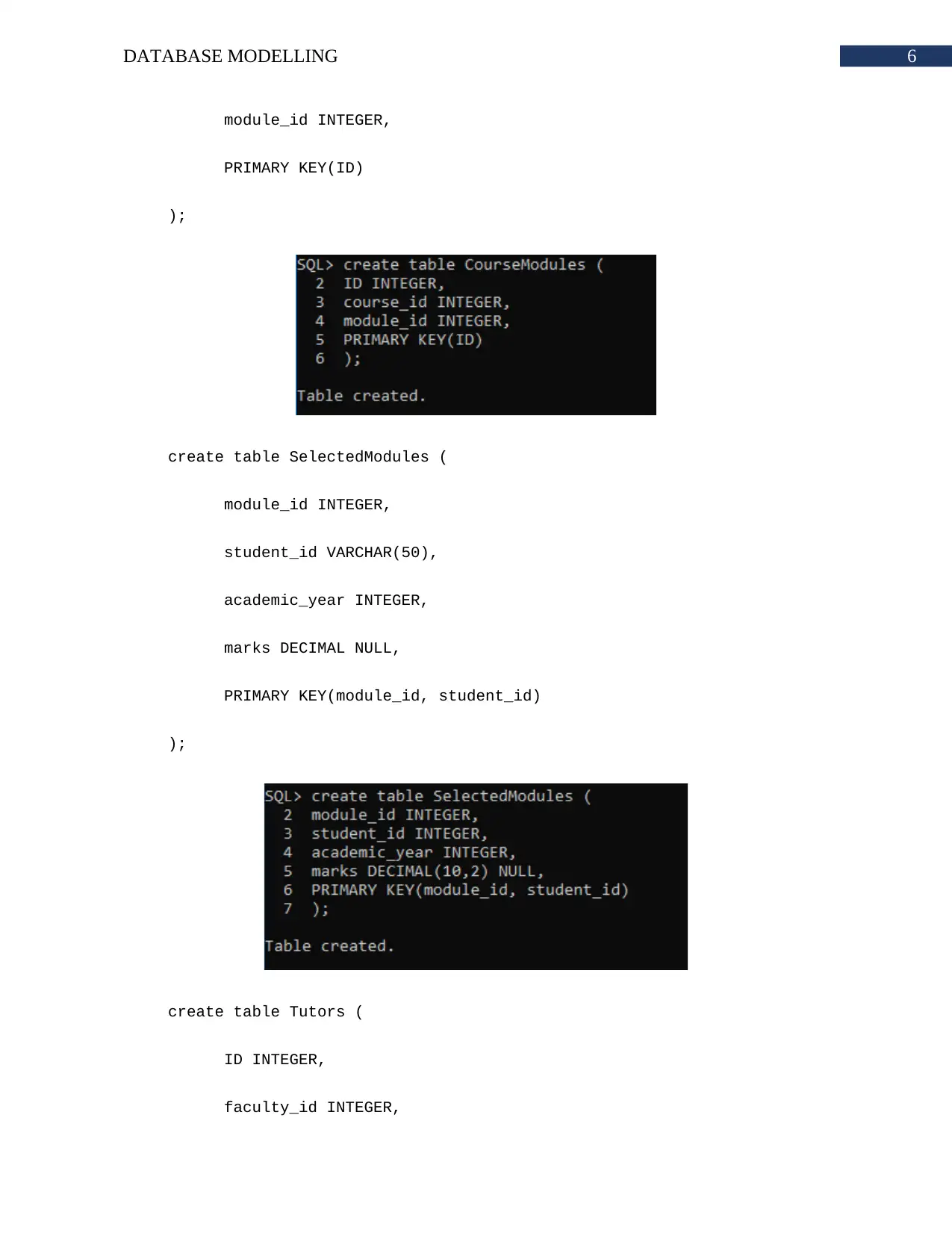
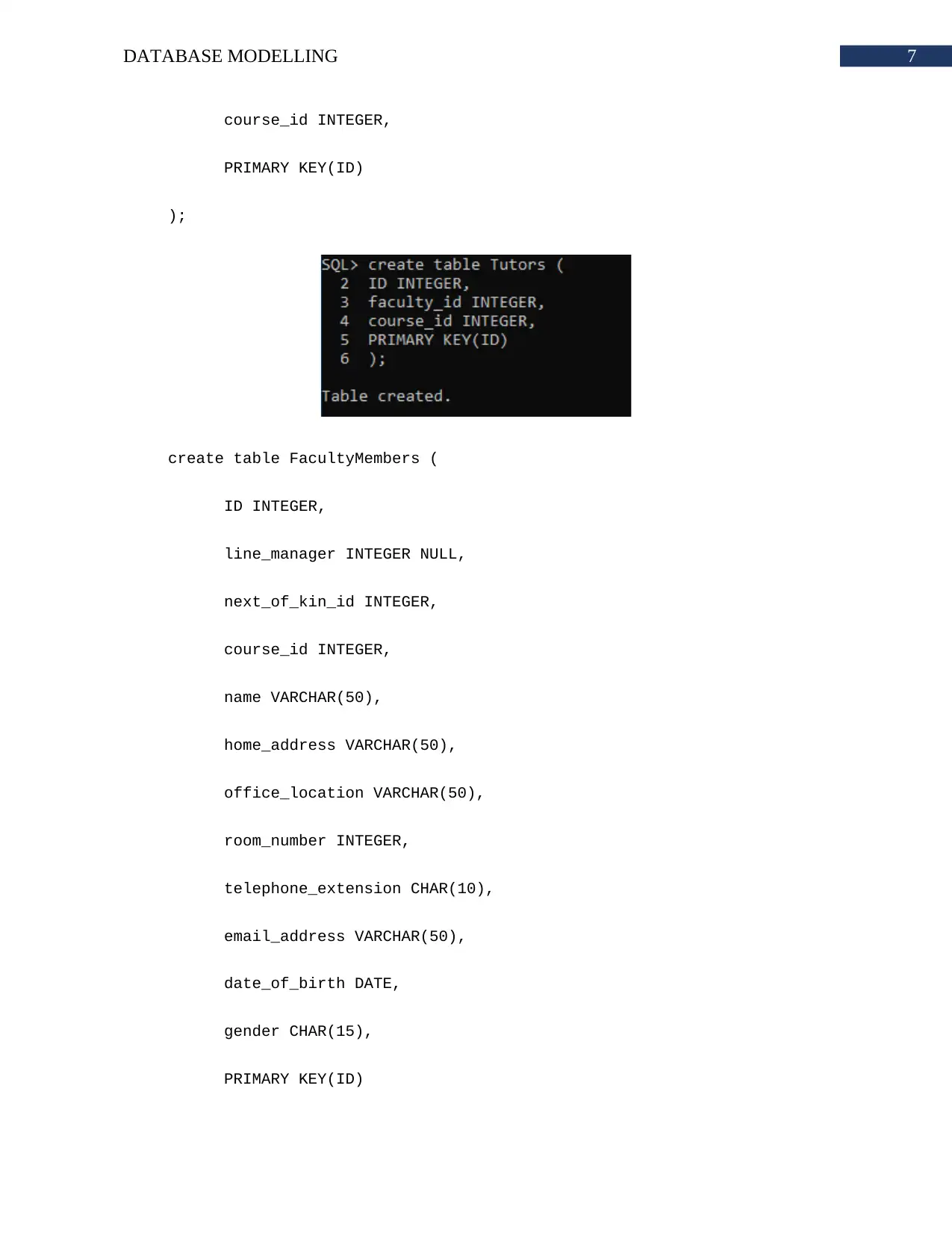
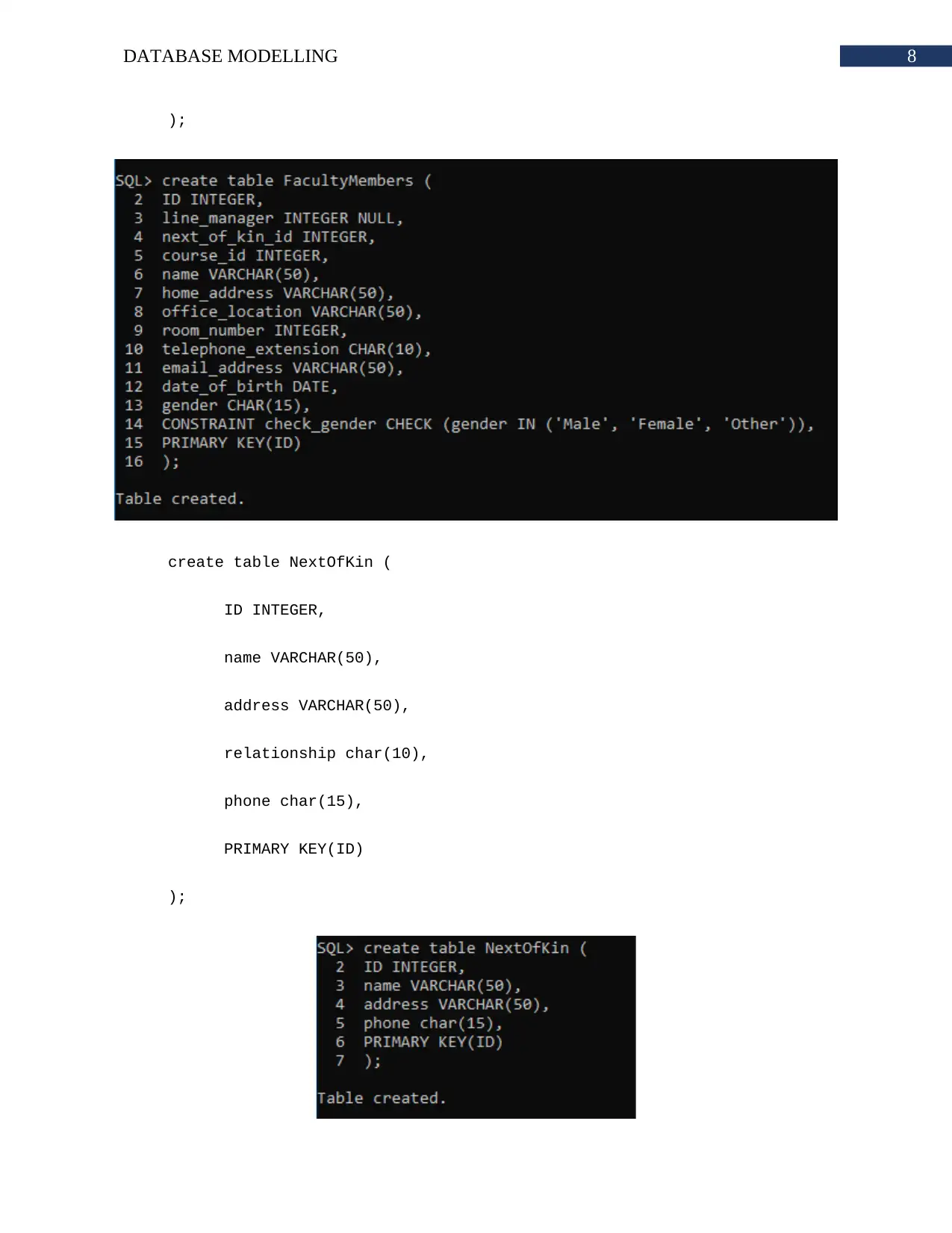
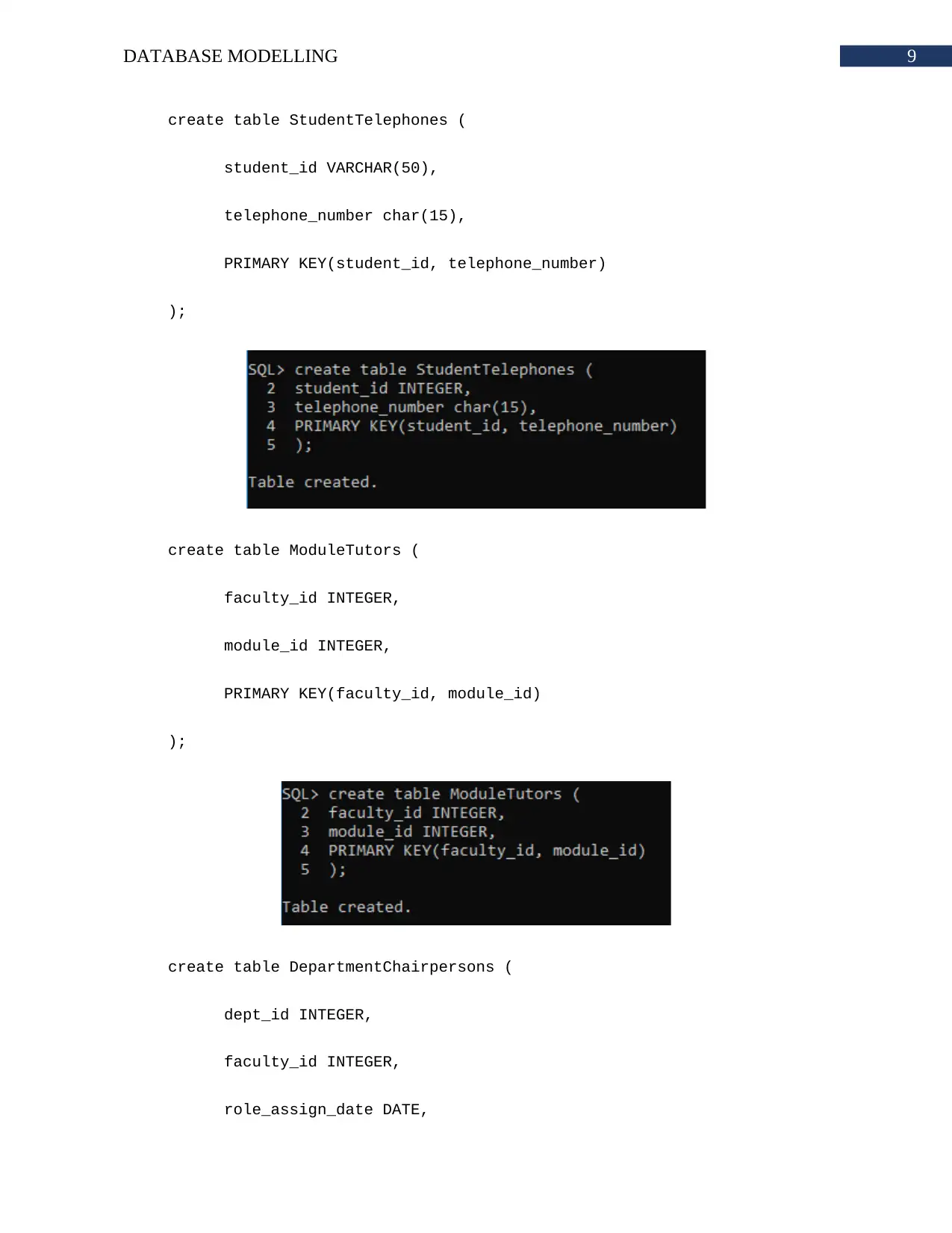
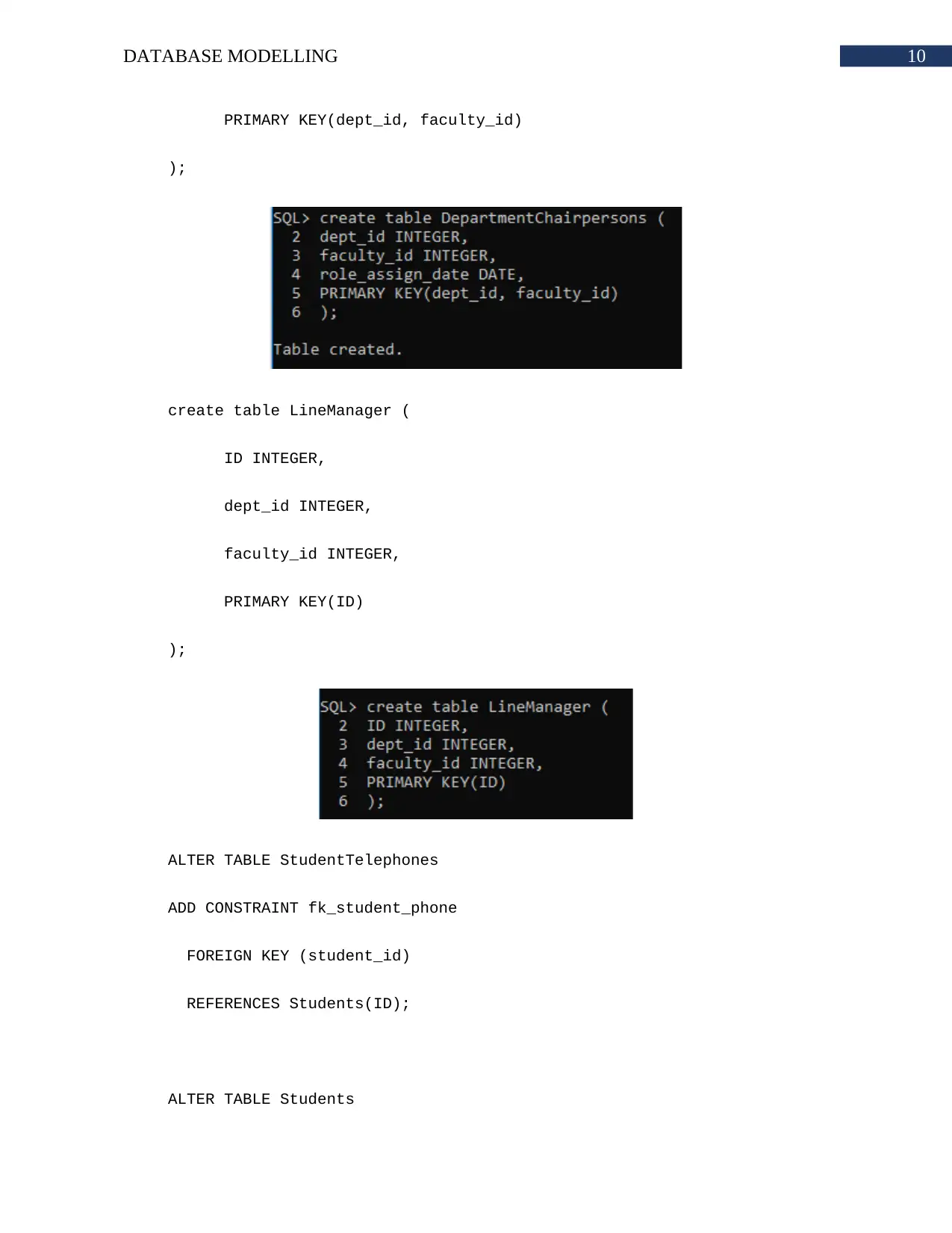
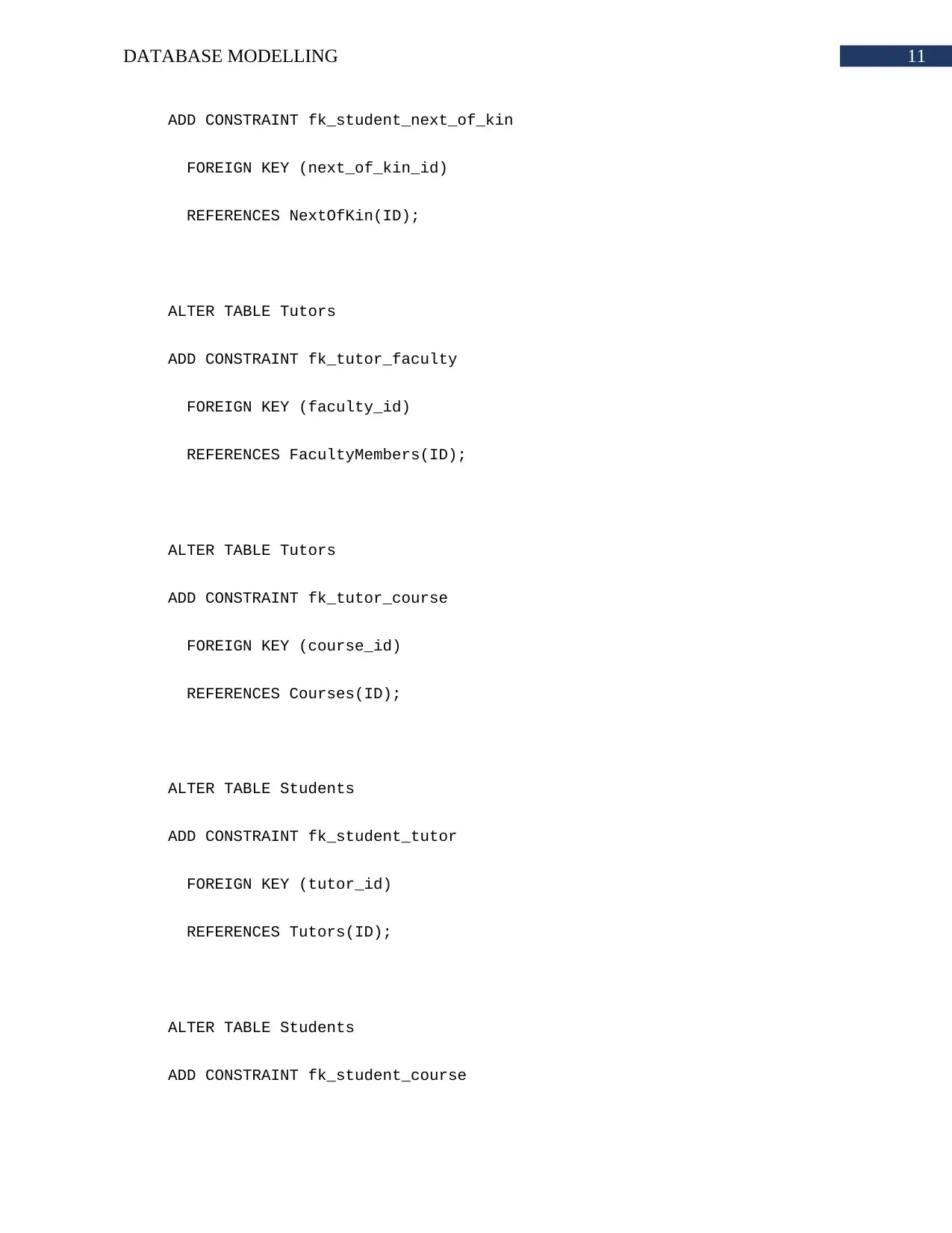






![[object Object]](/_next/static/media/star-bottom.7253800d.svg)